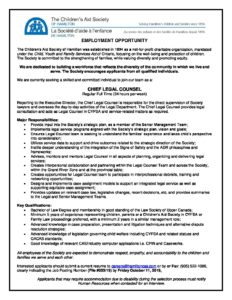A bicycle injury can have many different causes and complications. It is crucial to seek medical attention after an accident to minimize the risks of further injury. In addition to injuries to the joints, cyclists are at risk of injuring their neck and upper back muscles. As many as 60% of cyclists suffer neck pain. This injury puts a lot of pressure on the joints and soft tissues, so it is important to seek medical attention immediately.
Read this first: What is the most common bicycle injury?
Injury severity
The severity of bicycle injuries is highly influenced by road conditions. For instance, the presence of traffic signals and fences can reduce the severity of an accident. A bicycle may also be at higher risk of injury if it is riding on a pavement.
Treatment options
Cycling injuries are common and can have a wide variety of treatment options. Physiotherapy, massage, stretching and strengthening exercises can relieve pain and help you ride safely again. A proper bike fit can also help prevent injury.
Compensatory care
If you’ve been injured in a bicycle accident, you may be eligible for monetary compensation. These claims can be made against the party responsible for the accident. You may be able to claim all of the costs associated with the accident, including your medical bills, pain and suffering, and future healthcare needs. The amount of money you can recover may vary depending on the severity of your injuries and the extent of your disability.
Failure to wear a helmet
Bicycle injuries can be prevented if you wear a helmet. A bicycle helmet can help protect your head and prevent traumatic brain injuries. The laws governing bicycle helmet use vary by state. In some states, failure to wear a bicycle helmet can result in a fine of $20 or more. Other states impose fines between $25 and $50 for the first offense, and up to $100 for subsequent violations.
Negligence of bicyclist
If you’ve been injured by another person’s bicycle, you may be eligible for restitution. If the cyclist violated traffic laws, you can hold the other person responsible for your injuries. In order to make a case for negligence, you must prove that the other party owed you a duty of care. Common examples of cyclist negligence include turning abruptly into traffic, riding the wrong way down a one-way street, and riding through a stop sign.
Impact-related injuries to the large ball-and-socket joint
Injuries to the large ball-and-sock, or hip joint, can result in pain and limited mobility. The joint consists of two bones, the acetabulum (part of the pelvis) and the femoral head (upper end of the thighbone). The bones are connected by ligaments. These ligaments allow the joint to function properly and provide stability and support. The pelvis is also the location of major nerves and blood vessels. In addition, parts of the urinary tract and reproductive organs pass close to the pelvis. An injury to the acetabulum can result in pain and loss of function.





More Stories
Disastrous Ronna McDaniel Finally Gains a Worthy Challenger for RNC Chair – RedState
Subnational Solutions to Deforestation on Display at COP27
Louise Arbour is fighting to reform Canada’s military